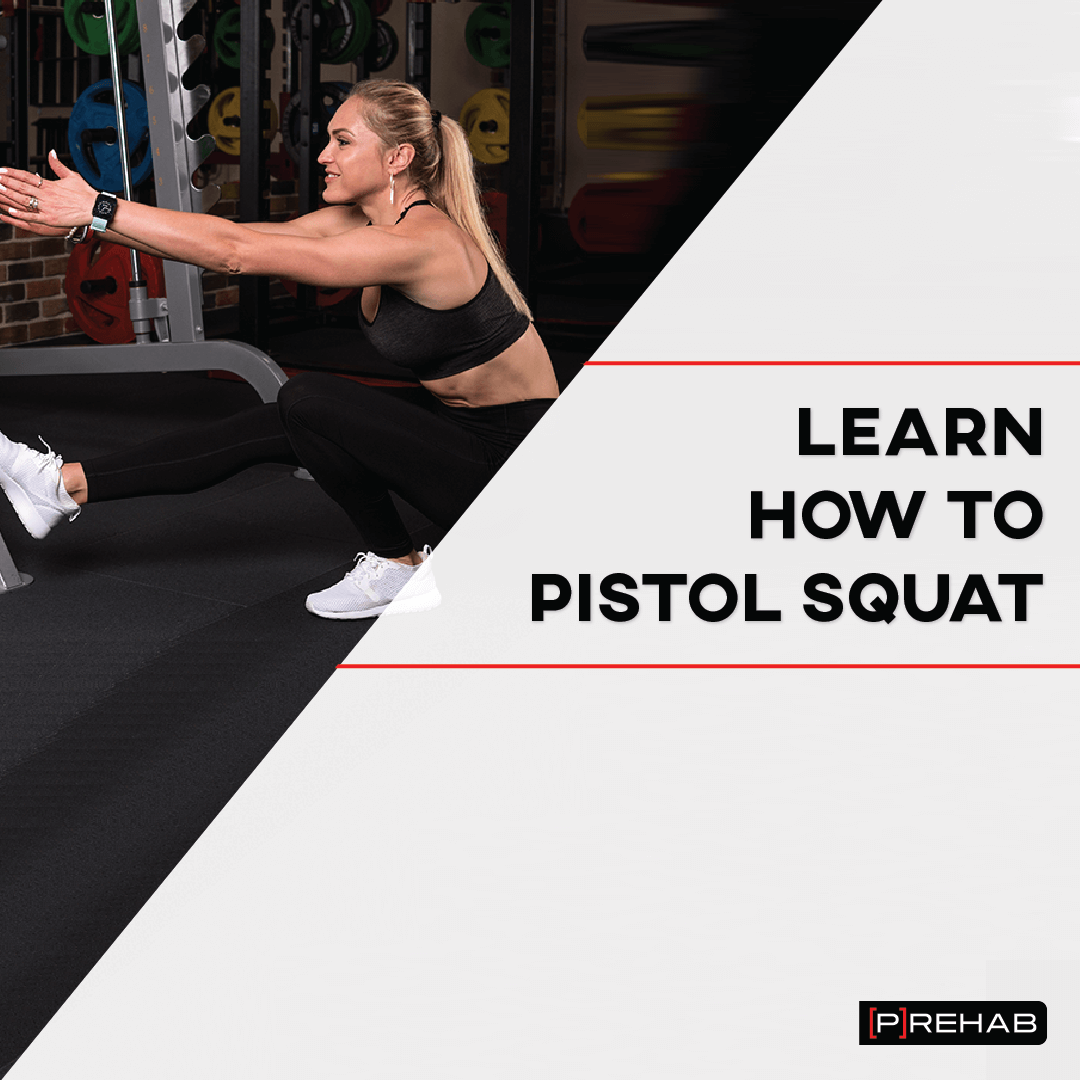
It seems as if the fitness industry not too long ago was engulfed in the newest and latest machine. However, the recent pendulum of this industry has been going back to the minimalist end of the spectrum giving attention to calisthenic exercises. This has led to the popularity of exercises such as the Pistol squat AKA a modification of the single-leg squat. This exercise is a complex movement that requires strength, motor control, and range of motion (particularly at the ankle). This series will help you identify why you might not able to pistol squat as well as how to gain the proper balance of strength, motor control, and mobility to perform this complex movement! Follow along in this article to learn how to pistol squat!
Understanding The Common Compensations
Demonstrated here is a pistol squat with the mechanics of someone who lack’s dorsiflexion range of motion. This common impairment will manifest with a heel rise or as an inability to keep your balance, resulting in a fall. Think about it like this, if you try to keep your heel on the floor while you do this exercise without the dorsiflexion required, you will not be able to get your body or center of mass over your base of support and your weight will be too far back resulting in a fall straight onto your tush. If you don’t have adequate ankle dorsiflexion range of motion enough to perform this movement; don’t worry. below are 2 different alternatives you can use to help you learn and practice the pistol squat.
1. Place an elevated surface under your heel which will bias your ankle in plantarflexion. This will allow you to push in through your heels and keep your center of mass over your base of support (which allows you to keep your balance) during the pistol squat.
2. For the same reason as stated above, being on the black side of the Bosu ball will allow you to limit the dorsiflexion range of motion this motion requires on a flat surface. However, this variation as you can see from my shaking increases the demand for the stabilizing muscles primarily at the hip and the core.
Note: Avoid allowing your mid-foot from collapsing AKA pronation, this is another strategy used when the dorsiflexion range of motion is not present.
-This motion additionally requires extreme knee, hip, and lumbar spine flexion range of motion.
READ: HOW TO PROGRESS LOWER BODY EXERCISES
Regressions For The Pistol Squat
Here are two ways in which you can ease yourself into the pistol squat through regressed variations.
1. The first is performing the pistol squat on top of an elevated surface. Make sure to avoid dropping your hip in order to touch the ground with your foot. Instead, lower yourself from the stance leg on the elevated surface slowly. This will allow you to focus primarily on the stance limb and avoid the hip flexion and knee extension control that can cause some people to cramp up.
2. Seated pistol squats are a little more demanding because they will take you through a fuller range of motion as well as require you to lift your other leg out in front of you. Avoid allowing your knee to collapse inward. You want to ideally keep a straight line from your ankles to your knees to your hips. It is important to lower yourself in a slow and controlled fashion without flopping yourself onto the seat. Most people are not used to controlling their weight on one leg, but you improve this by going slowly. Only when you can perform this exercise with good control for 15 repetitions bilaterally should you decrease the height of the seat.
Master Pistol Squats And Other Lower Body Movements!
Learn How To Pistol Squat: Compensations
1. In the first clip I am holding a 25 lb plate in front of me as a counterbalance. Pistol squats are one of the only exercises in which adding weight may actually make it easier to perform. I use the weight to bring my center of mass anteriorly, making it easy for me to sit back into my pistol squat. As you continue to improve on your pistol squat, you can reduce the weight until you can perform them independently!
2. The second exercise focuses on strength and control. To perform this:
-Lean to one side and bring the contralateral limb out in front of you.
-Hold this position for 1-3 seconds before returning & repeat on the opposite side.
-Once you have improved your neuromuscular control at a given depth, go deeper into your squat and continue with this exercise.
-This is a great way to develop the strength and control required to perform the pistol squat.
Note: make sure to avoid a compensatory trunk lean towards the squat limb
LISTEN: SQUATS, BACK ROUNDING, AND BUTT WINKING WITH SQUAT UNIVERSITY
Learn How To Pistol Squat: Upper Extremity Assistance
Using upper extremity assistance is a great way to progress your pistol squat. We show two variations below: one with a sturdy, vertical object, and the other with TRX suspension cables. The goal of these upper extremity-assisted pistol squats is to use as little upper extremity assistance as you can. The hand placement is designed to help you maintain balance and form. Ultimately, the goal is to use less and less upper extremity assistance, eventually leading to no support needed with your pistol squat!
Is It Ok For Your Knees To Go Past Your Toes? Of Course, It Is!
Pistol Squat With Upper Extremity Assistance: Vertical Object
Here I am doing assisted pistol squats. This can be done with a pole, door frame, or any vertical object that is sturdy. While performing this exercise, make sure to keep your heel on the ground while using as little upper extremity assistance as possible. As you can see from this video, you can progress the amount of assistance from your entire hand to 2 fingers to 1 finger to an independent Pistol Squat!
Some people can get to the bottom portion of the pistol squat. However, many people get stuck in this “unknown zone” and are unable to get up from it. If this is you, only use the pole during the phases in which you need help.
Pistol Squat With Upper Extremity Assistance – TRX
Sample Lower Extremity Performance Program Exercise
Get set up in a standing position with a suspension trainer anchored in front of you. Start by holding the suspension trainer handles in each hand with a soft bend in your elbow. To begin the exercise, balance on one leg and have the other leg supported in the air behind you with the knee bent. Perform the exercise by bending your hip and knee to perform a single leg squat, as you lower down you should reach back with the leg that is supported in the air. Lower down as far as you can control, then focus on pushing the ground away to return to the starting position and repeat. Only use the suspension trainer for minimal assistance as needed.
The Prehab membership is the anti-barrier solution to keeping your body healthy. Access state-of-the-art physical therapy, fitness programs, and workouts online in the comforts of your own home or gym! Taking control of your health with exercise & education from the palm of your hand has never been easier. Get access to 50+ programs, 100+ unique workouts, and 3000+ exercises to build your own workout routines. Trial it for free, and learn how to get out of pain, avoid injury, and optimize your health with [P]rehab!
Learn How To Pistol Squat: Box Squats
Setting up a chair or box behind you that you can adjust the height of is an excellent way to work on progressing towards your first pistol squat. Two of the variations shown here are a single leg box squat, and an eccentric single leg box squat. The eccentric single leg box squat will focus on building more strength and stability by slowly lowering yourself down to a specific surface, which requires the muscle groups of the lower extremity to work even harder! The goal of the single-leg box squat is to slowly adjust the height to make it lower, as this will increase the difficulty of the exercise and also progress you towards a full, parallel single leg squat!
Single-Leg Box Squat
Set-up a box or object behind you, the taller it is the easier the exercise will be. Lift one leg straight in front of you, and then sit back with good squat form only on one leg, trying to be as controlled as you can. Sit down completely on the box, and then stand back up with the same leg. Repeat.
Single-Leg Eccentric Box Squat
Sample Lower Extremity Performance Program Exercise
Sit on a box/bench/object of the desired height. The taller, the easier. Stand up from the box using both of your legs. Once standing, shift all your weight to one leg and lift the opposite leg in the air. Slowly lower yourself down to the box with only one leg. Repeat.
Closing Thoughts
The pistol squat is a challenging exercise that requires a significant amount of mobility, stability, strength, and movement coordination. Do not be discouraged if you are having trouble achieving a full pistol squat, many people do! Start by taking pieces of this movement and putting them together to ultimately achieve the full exercise!
Take Your Lower Body Performance To The Next Level
About The Author
Arash Maghsoodi PT, DPT, CSCS
[P]rehab Co-Founder & Chief Marketing Officer

Disclaimer – The content here is designed for information & education purposes only and is not intended for medical advice.
About the author : Sherif Elnaggar PT, DPT, OCS
4 Comments
Leave A Comment
You must be logged in to post a comment.
Related posts
$50 Off + Gift a FREE Year
Get $50 off one year of the the Prehab membership for yourself & gift a FREE year to somebody special!
- ✔ Zero wait times, no hidden fees, no barriers to entry!
- ✔ Get out of pain, get stronger, and improve your mobility
- ✔ Access to easy-to-digest physical therapy education videos & resources to learn about your body in the palm of your hand
- ✔ Guidance from trusted Doctors of Physical Therapy

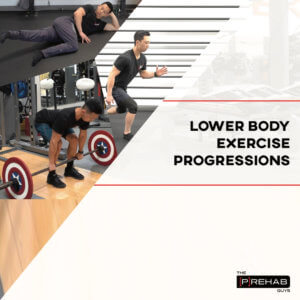
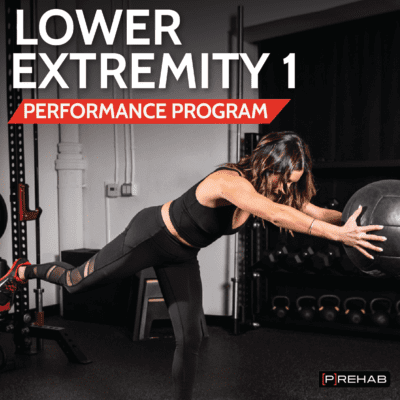
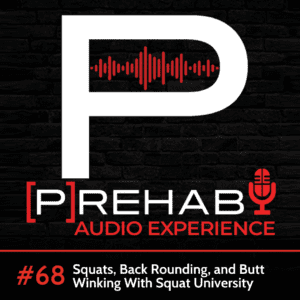
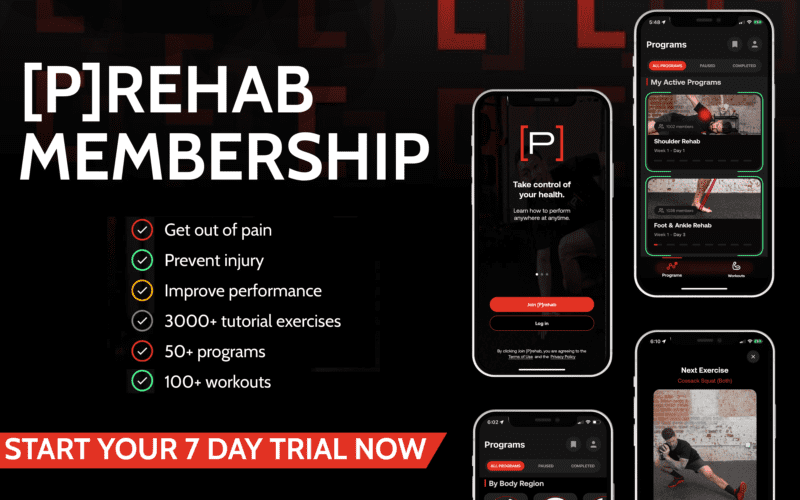

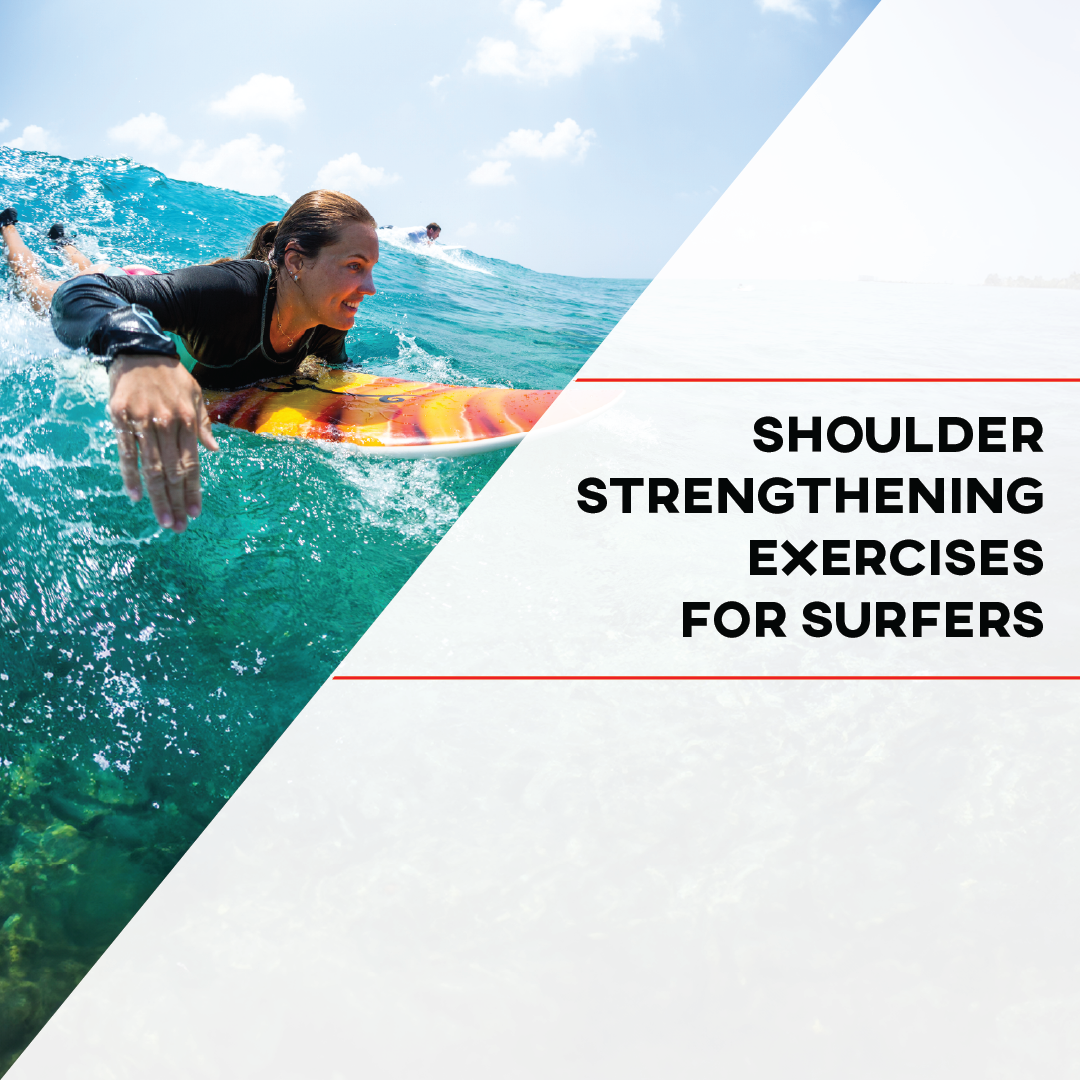
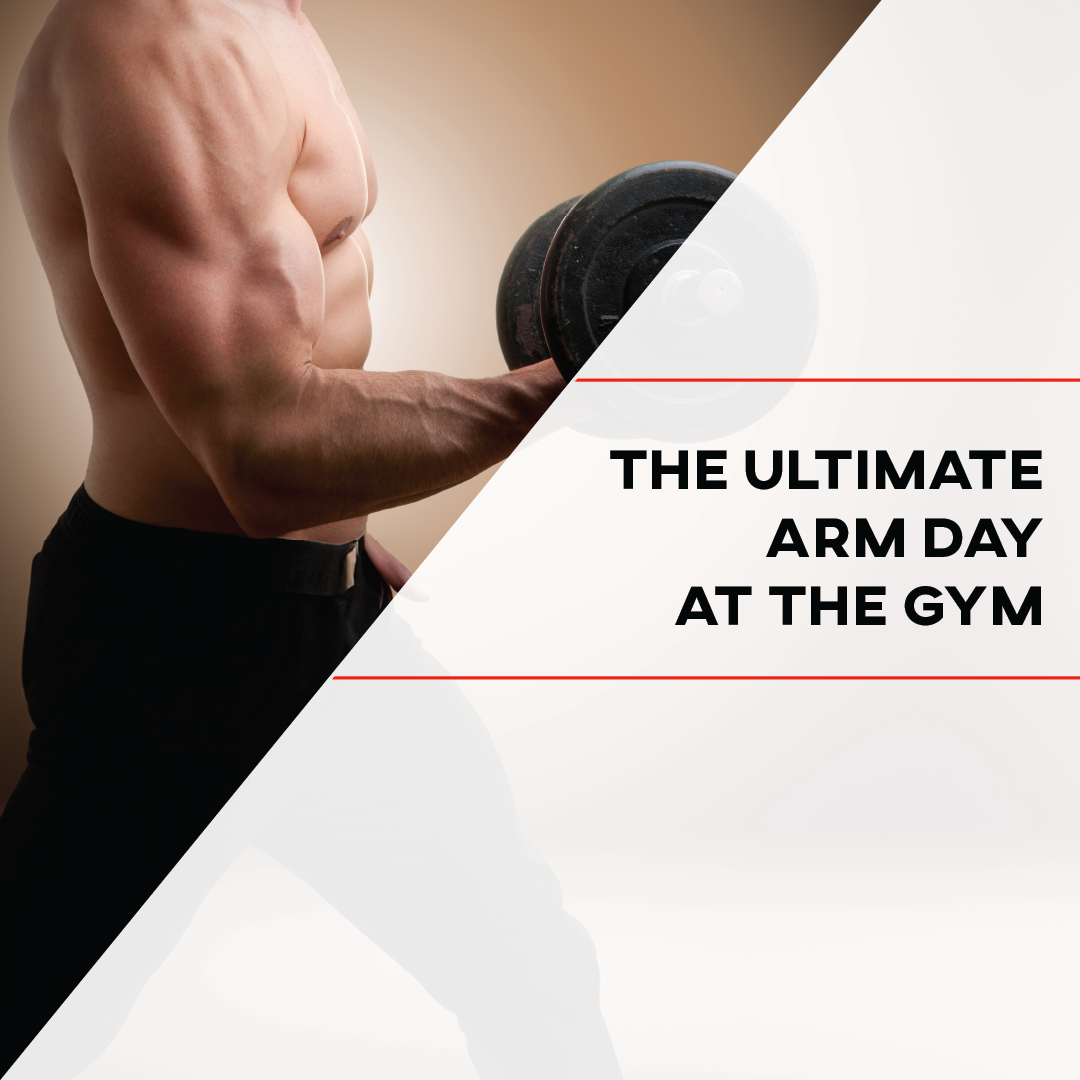

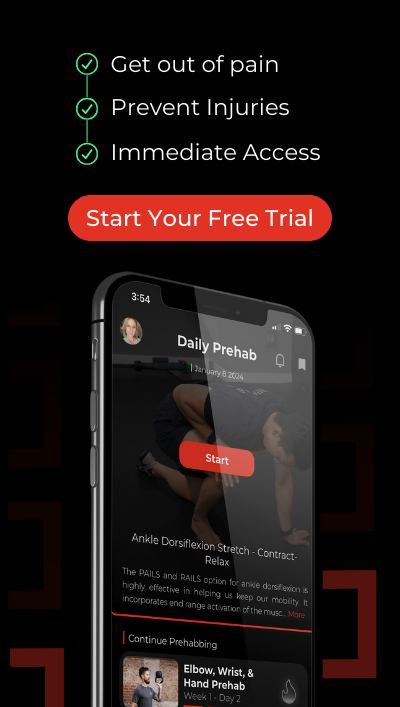





I can say only one thing about this exercise. If you can do a pistol squat, you have gained a lot. If you can’t, you have a lot to gain. I personally still struggle with that exercise. But on the right path alone to master it.
The 2nd video in part HOW TO REGRESS THE PISTOL SQUAT is the same as the first one!
Does this pistolsquats done by sciatica patients of age 30 can you explain in detail about this
Excellent information
The Real Person!
The Real Person!
Hi! Are you asking for us to produce content on sciatica in relation to performing squats or pistol squats? Just trying to understand your specific question. Thank you for your support!